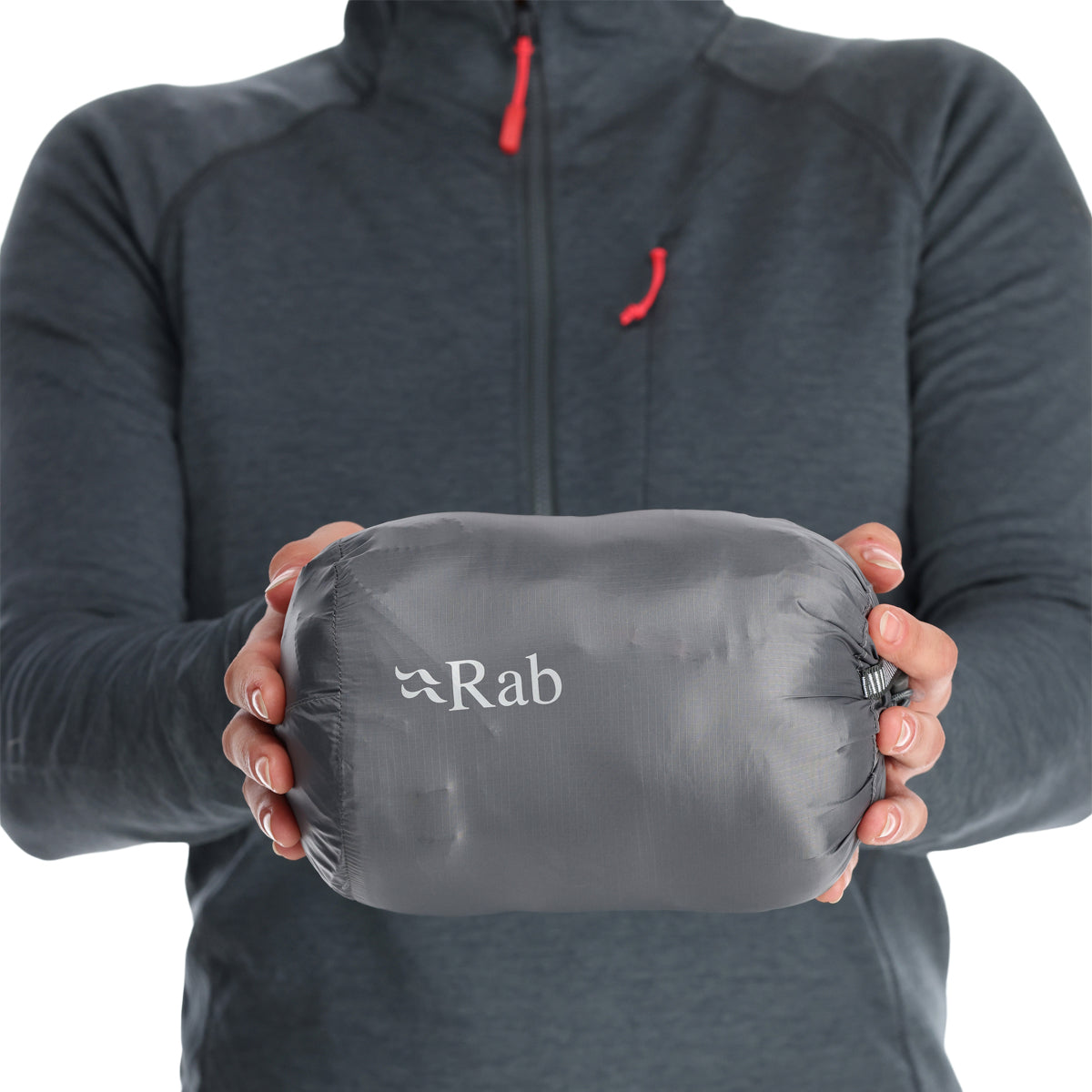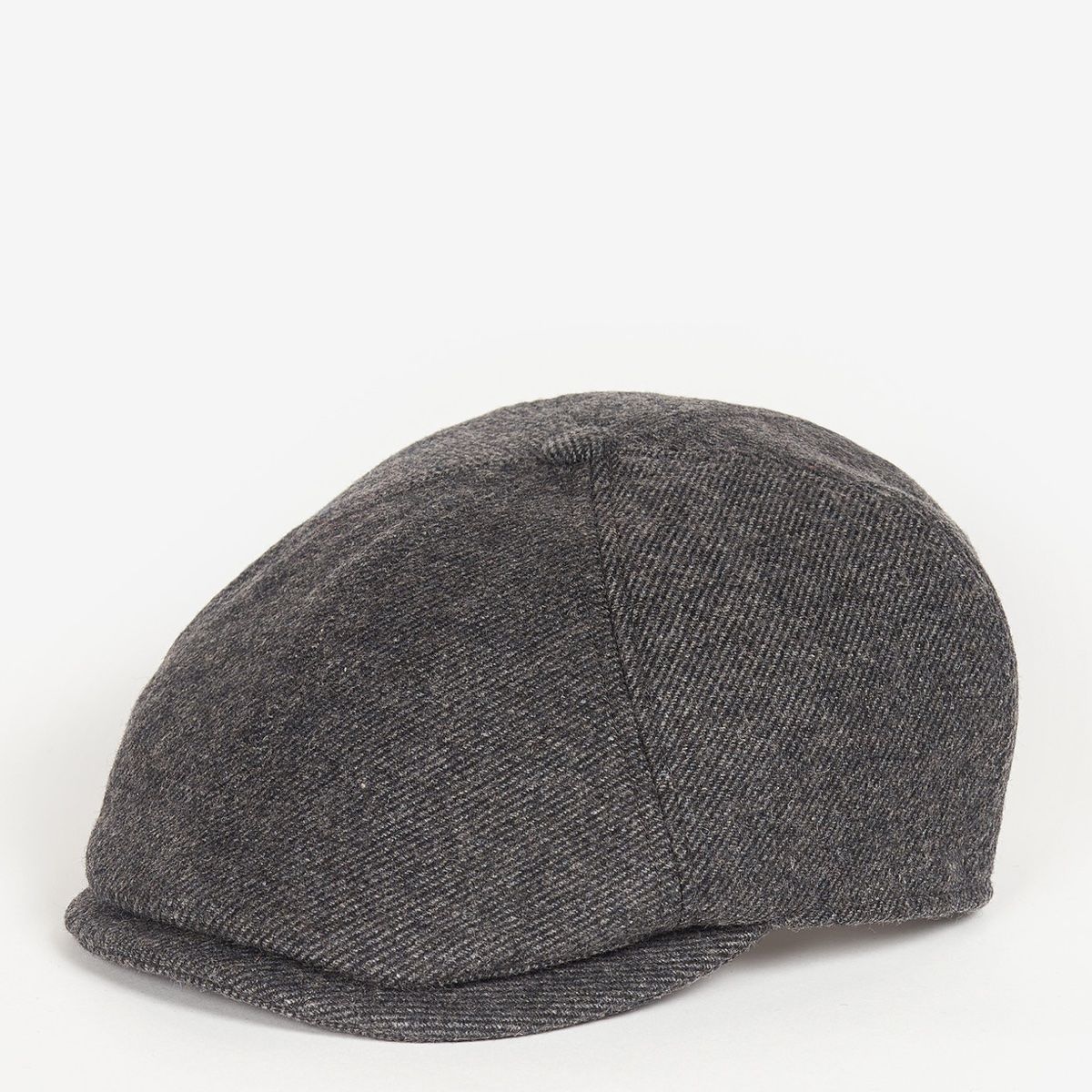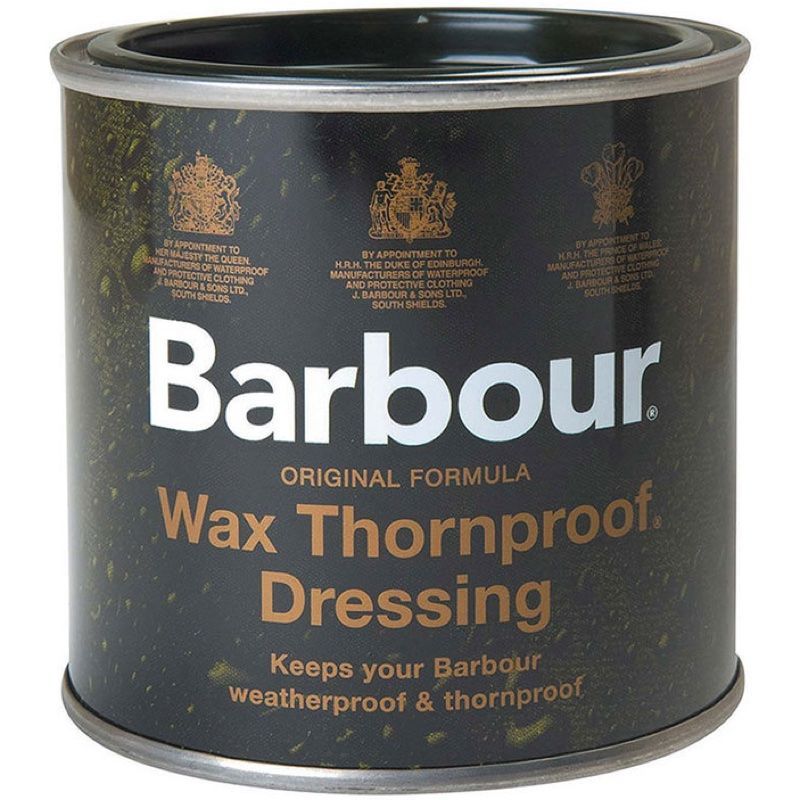
Down vs Synthetic Insulation: What’s Best for Your Outdoor Gear?
When it comes to choosing the right insulated jacket or outdoor gear, one of the biggest decisions is between down insulation and synthetic insulation. Each has its own benefits and best-use scenarios, and understanding the differences can help you stay warm, dry, and comfortable no matter the weather.
In this guide, we’ll explore the advantages of down and synthetic insulation, and help you decide which is best for your needs.
What is Down Insulation?
Down insulation is made from the soft plumage found underneath the feathers of ducks or geese. It’s widely regarded as the gold standard in insulation due to its incredible warmth-to-weight ratio.
✅ Benefits of Down Insulation:
-
Superior Warmth: Down is incredibly efficient at trapping heat, making it ideal for cold, dry conditions.
-
Lightweight & Packable: Down compresses easily and is very lightweight, perfect for backpacking or travel.
-
Long-lasting: With proper care, down garments can last many years without losing performance.
🚫 Considerations:
-
Performs Poorly When Wet: Traditional down loses its insulating properties when it gets wet.
-
Higher Cost: Quality down products can be more expensive.
-
Ethical Concerns: Look for responsibly-sourced down (RDS certified) to ensure animal welfare standards are met.
🧥 Down Jacket Examples:
-
Rab Electron Pro Insulated Men’s Jacket – Anthracite: A high-performance down jacket built for alpine conditions.
-
Rab Microlight Alpine Insulated Men’s Jacket – Deep Ink: Lightweight and versatile, ideal for layering and everyday wear.

What is Synthetic Insulation?
Synthetic insulation is made from polyester fibres designed to mimic down’s loft and warmth. It’s a popular choice for wet weather and high-activity pursuits.
✅ Benefits of Synthetic Insulation:
-
Performs When Wet: Unlike down, synthetic insulation retains warmth even when damp.
-
Quick-Drying: It dries faster, making it a go-to for wet or unpredictable weather.
-
More Affordable: Generally more budget-friendly than down.
-
Hypoallergenic: Ideal for those with allergies to animal products.
🚫 Considerations:
-
Heavier & Bulkier: Synthetic insulation tends to be heavier and less compressible than down.
-
Shorter Lifespan: Over time, synthetic fibres can break down and lose loft.
🧥 Synthetic Jacket Examples:
-
Rab Nebula Pro Insulated Men’s Jacket – Black: Weather-resistant and dependable, great for winter hiking.
-
Rab Cirrus Insulated Men’s Jacket – Tempest Blue: Lightweight synthetic warmth for everyday adventures.

Which is Better: Down or Synthetic?
The right insulation depends on your environment and activity.
Choose Down if:
-
You’re heading into cold, dry climates.
-
You want the warmest, lightest, and most packable option.
-
You plan on using it for low-sweat activities like walking, shooting, or camping in dry conditions.
Choose Synthetic if:
-
You’re expecting wet, damp, or unpredictable weather.
-
You need gear for high-output activities where sweating is likely.
-
You want a budget-friendly and low-maintenance option.
Allweathers Tip:
When shopping for insulated outerwear, look for modern innovations like water-resistant down or hybrid designs that combine both down and synthetic in key areas for optimal performance.
At Allweathers, we stock a handpicked selection of country clothing and outdoor jackets featuring both down and synthetic insulation, so you can find the perfect piece to suit your lifestyle and the Great British weather.
Final Thoughts
Both down and synthetic insulation have their place in a well-rounded outdoor wardrobe. By understanding the pros and cons of each, you can make a smarter choice that keeps you warm, dry, and ready for anything.


